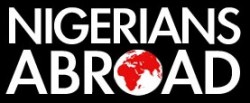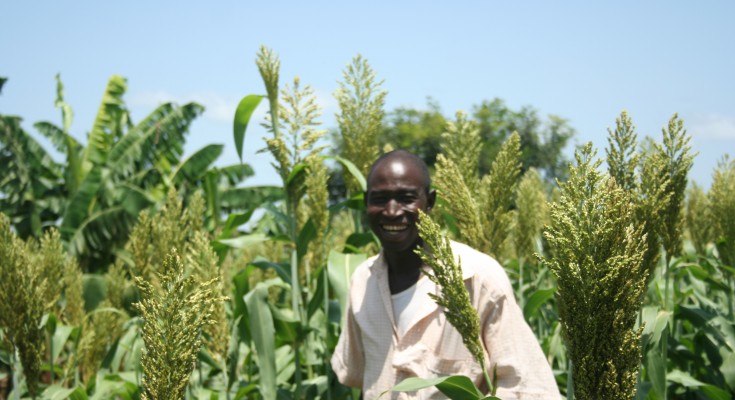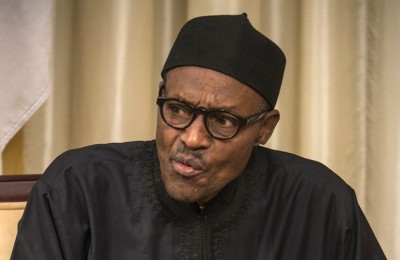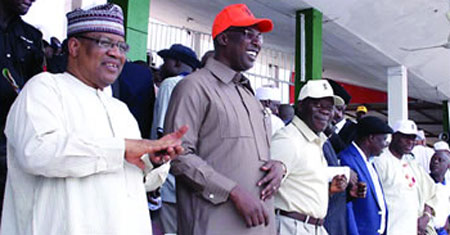By Tonderayi Mukeredzi
Despite witnessing exceptional growth in development finance in recent years, Africa is still faced with the arduous task of mobilizing adequate resources to fund its growth and future transformation agenda. Given the paucity of external development assistance, and low commodity prices for its goods and services, Africa has awakened to the fact that it must rely on its own financial resources for sustainable development.
One of the leading pan-African bodies, the United Nations Economic Commission for Africa (ECA), says infrastructure development in Africa has the potential to raise gross domestic product (GDP) by 2% and develop the backbone for rapid industrialization, which in turn could boost the capacity of the continent to generate more domestic resources.
In its Innovative Financing for the Economic Transformation of Africa report, published in March 2015, ECA reckons that Africa’s current infrastructure needs stand at a whopping $93 billion annually, out of which $45 billion is mobilised, leaving an annual deficit of almost $50 billion.
Thus, as Côte d’Ivoire’s President Alassane Ouattara aptly put it, Africa’s greatest challenge is ensuring that its transformation is bolstered by sufficient and innovative sources of funding.
“One solution would be to speed up the development of our financial markets with a view to sparking the transformation of African economies,” President Ouattara told the Ninth African Development Forum in Morocco last year. “To do so, we must come up with innovative financial products and set up effective national and regional financial institutions and services.”
While Africa is fully cognisant of the significant strides it has made since the Monterrey Consensus in March 2002 in mobilizing financial and technical resources for development, it contends that there is a huge gap.
“Current policy, financing and investment patterns are not delivering the future we want. There are enormous unmet financing needs for sustainable development. Estimates vary due to the complexities of quantifying needs, but consistently point to a significant financing shortfall,” African heads of state and governments affirmed in a zero draft of the outcome document of the Third Financing for Development (FfD) Conference, to be held in Addis Ababa, Ethiopia, in July.
What are the options?
Development analysts say Africa has realized that traditional sources of development finance, such as official development assistance and foreign direct investment, which have buoyed the continent’s development efforts over the years, are not sustainable and cannot be relied upon as its main sources of funding, as was shown during the 2007–2008 global financial crisis.
Oswell Binha, president of the Association of SADC (Southern African Development Community) Chambers of Commerce and Industry, says Africa can create a $2 trillion dollar economy if it can simplify rules that govern trade and domestic investment. “When you look at the thread of World Trade Organisation and economic partnership discussions around the continent, Africa has realised that intra-Africa trade is a serious opportunity from which to raise internal resources,” Binha told Africa Renewal.
Mateus Magala, African Development Bank (AfDB) resident representative in Zimbabwe, says Africa has the greatest investment potential of all frontier markets globally.
“These include sovereign wealth funds, pension funds, foreign reserves and remittances, among others. In addition, the continent has substantial natural resources and countries with extractive industries can tap into this important source of revenue,” Magala said in an interview with Africa Renewal.
He noted that with political determination and leadership to create appropriate governance mechanisms, Africa’s extractive revenues could drive the continent’s transformation by enabling it to invest in competitiveness, diversification and efficient and sustainable use of resources.
At an African Group Perspective Conference on FfD in March, stakeholders said they were committed to funding sustainable development by mobilizing domestic resources, clamping down on corruption and illicit financial flows (IFFs) and addressing issues surrounding good governance.
“To finance its development priorities, Africa has developed a financing framework that prioritises domestic resource mobilization and trade as main sources of financing structural transformation and sustainable development, with a focus on infrastructure, human capital and sustainable agriculture, which is essential for achieving African Sustainable Development Goals [SDGs],” Adam Elhiraika, the director of macroeconomic policy at the ECA, said at a recent regional meeting in Addis Ababa.
ECA says Africa’s resource potential is enormous. The continent can support, develop and implement viable domestic finance instruments such as financial flows from securitizing remittances, earnings from minerals and mineral fuels, international reserves held by central banks and the growing marketplace for private equity funds.
This is bolstered by evidence from the New Partnership for Africa’s Development (NEPAD) and other sources, which show that African countries raise more than $527.3 billion annually from domestic taxes, compared to $73.7 billion received in private flows and $51.4 billion in official development assistance.
Mr. Magala says $550 billion can be raised from official foreign reserves, $200 billion from pension funds, $150 billion from sovereign wealth funds, $50 billion from foreign direct investments, $60 billion from remittances and $20 trillion from monetizing natural resources.
Domestic savings
Carbon-finance mechanisms can also be explored in greater depth for the implementation of some of the continent’s projects. A number of African countries are considering carbon taxation as a form of mobilizing additional financial resources and tackling the challenges posed by climate change.
However, the ECA says that compared to domestic savings in other developing regions, those in Africa remain low largely due to an unbanked population, though the potential exists if the informal sector’s resources are tapped and the sector is given incentives to use formal banking services. Africa’s savings-to-GDP was about 22% between 2005 and 2010, compared to 46% in East Asia and the Pacific and 30% for middle-income countries.
Mr. Binha says African governments should also foster an environment for high-level public-private sector consultations, considering that the private sector has so far played a limited role in implementing Africa’s development. “Engaging with the private sector genuinely increases investments internally and also becomes an effective means of attracting external investment. There is no rapport between governments and the private sector. There is a them-and-us syndrome,” notes Mr. Binha.
The ECA estimates the private equity market in Africa to be worth about $30 billion. In 2011 alone, private equity firms raised $1.5 billion for business in Africa.
Reducing the cost of remittances
While remittances have increased, averaging $21.8 billion over the past decade, with countries such as Nigeria and Senegal receiving about 10% of their GDP in remittances, experts say the cost of sending remittances to Africa has remained the highest in the world, with the cost of transfers within Africa even higher. For remittances to have an impact, they must be made cheaper and used effectively to spur development.
Sometimes tough anti–money laundering laws and counter-surveillance regulations meant to combat financial terrorism can stifle remittances, thereby negating the continent’s progress. This recently happened when US banks plugged remittance services to Somalia.
Curtailing IFFs remains a major challenge that Africa must vigorously undertake. Such outflows from Africa may have been as high as $854 billion between 1970 and 2008, which amounts to an annual average of close to $22 billion in lost finances—more than half of it coming from the extractive industries sector. The domestic resource mobilization effort will receive a significant boost if IFFs from the continent are curtailed.
Several policy options have been suggested to stem the flows, such as raising awareness and sharing best practices among African policymakers and other stakeholders on the magnitude and development impact of the IFFs. Some of the key initiatives taken so far include African Union finance ministers’ setting up the High Level Panel on Illicit Financial Flows from Africa, and the establishment of regional initiatives such as the African Regional Anti-Corruption Programme (2011–2016) and the African Tax Administrative Forum.
Mr. Binha says Africa’s biggest challenges are confidence, the unfavourable policy matrix, the rigidities of domestic trade and intra-trade and differences across nations. “Confidence is a huge deterrent to attracting sustainable, dependable and credible internal investment. African states have to create a dashboard around which there is proper governance, accountability and dependability with investors. The potential is there but Africa has to first clearly define its priorities in Agenda 2063, their cost and the mechanisms to meet them,” added Mr. Binha. Agenda 2063 is the African Union’s economic development blueprint for the 50 years following 2013, when it was adopted.
Maintaining growth
According to the World Bank, to raise enough funds from domestic sources, Africa will need to grow at a rate of 5% of GDP for the next two decades. The bank forecasts that economic growth for African countries will slow to 4.0% in 2015 from 4.5% in 2014, a downturn that largely reflects the sharp fall in global prices for oil and other key commodities.
The World Bank’s chief economist, Francisco Ferreira, told African finance ministers and central banks chiefs during a recent spring (April) meeting in Washington, DC, that the forecast was below the 4.4% average annual growth rate of the past two decades and well short of Africa’s peak growth rates of 6.4% in 2002–2008. Although the boom is over, Ferreira noted, the “Africa Rising” phenomenon predated the boom and should be able to outlive it.
Innovative domestic financing mechanisms such as Africa50, launched by the AfDB last year, are therefore expected to lead or complement other external resources and new financing forces like the BRICS countries (Brazil, Russia, India, China and South Africa) to achieve Africa’s ambitious development needs.














